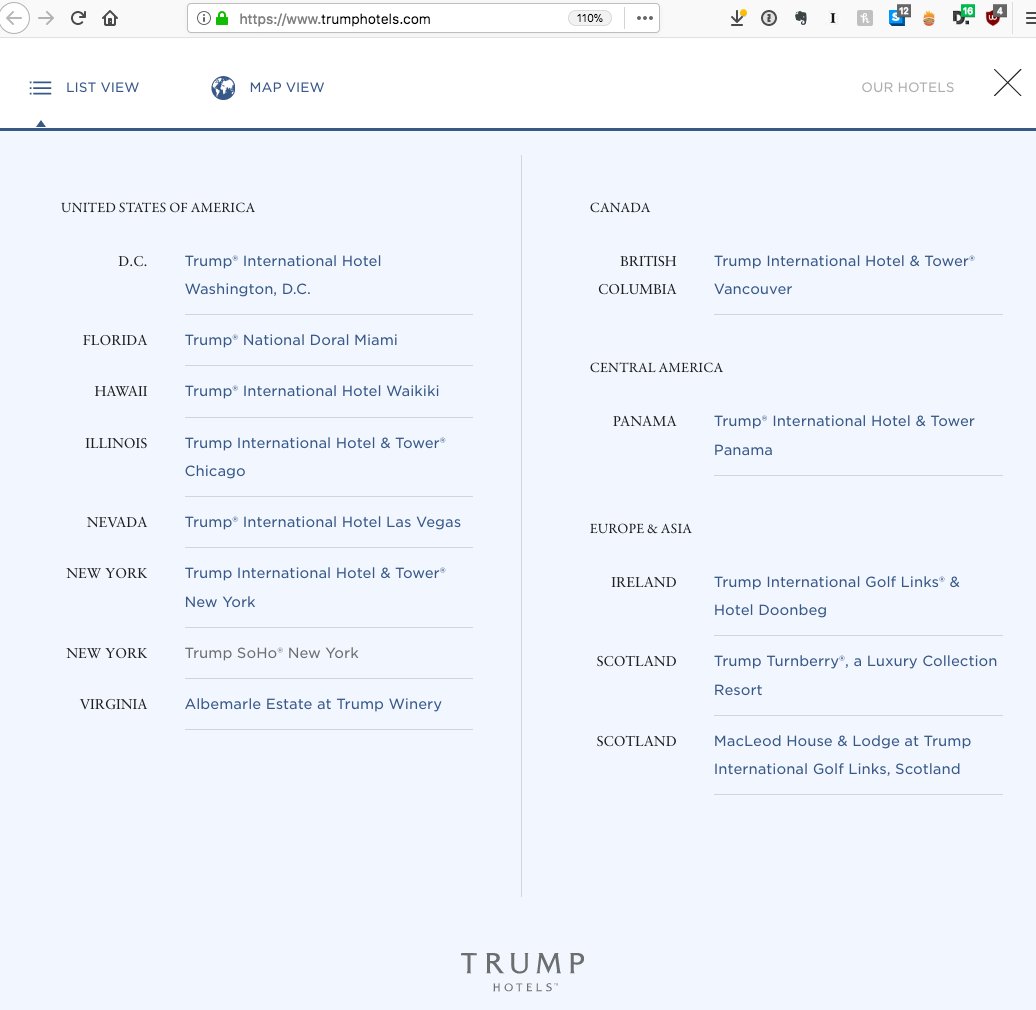
- direct and indirect employment
- reduced nat gas use and other fossil fuels
- reduced water consumption
- reduced toxic air pollution
- reduced greenhouse gasses
9/





Twitter may remove this content at anytime, convert it as a PDF, save and print for later use!

1) Follow Thread Reader App on Twitter so you can easily mention us!
2) Go to a Twitter thread (series of Tweets by the same owner) and mention us with a keyword "unroll"
@threadreaderapp unroll
You can practice here first or read more on our help page!






